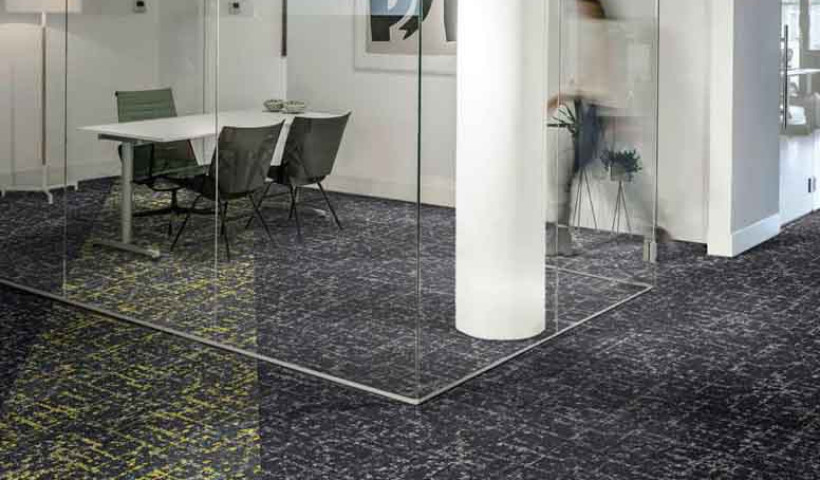 NEW
NEW
In the New Zealand market, there's an array of flooring options to choose from, but not all are suitable for wet areas. Certain factors need careful consideration when making selections. The primary concern boils down to practicality: what happens in the event of flooding or prolonged moisture exposure in wet areas?
The majority of timber-based flooring and various other options are no longer covered under E3 Acceptable solutions, particularly within 1.5 metres of sanitary fixtures or appliances. This criterion extends beyond bathrooms, toilets, and laundries to now include kitchens and certain adjacent areas within the specified distance of fixtures and appliances.
Specifically, E3/AS1 (internal moisture regarding flooring in New Zealand) has three acceptable solutions, each of which requires the floor and wall junctions to be coved to ensure no moisture can penetrate. As per the installation guidelines from GIB, a 5-10mm gap is to be left between the wall linings and floor junction; the only true and tested method of ensuring water is not able to penetrate these junctions is to create a cove junction between the wall linings and subfloor. Some great Waterproofing systems in the market offer compliance with both E3/AS1 and E3/AS2, which is often not considered when deviating from the acceptable solutions within E3/AS1.
It is clear that there is more focus on ensuring water containment and protection of surrounding areas and adjoining tenancies for NZ homes. For this reason, timber-look tile and larger module porcelains have been increasing in popularity among NZ homeowners since the code change, as councils have been very familiar with the use of tiles in wet areas for decades.
Alternative flooring solutions can be proposed; however, what is becoming more evident is that alternative solutions require an approved waterproof membrane installed prior to any alternative flooring system and a far more stringent approval process.
Non-wood-based inert materials have become the preferred choice when submerged in water. Porcelain tiles, fired at high temperatures like 1300 degrees, remain inert indefinitely when exposed to moisture.
Floating installations of flooring within 1.5m of a Sanitary Fixture or Fitting are not able to warranty compliance without being installed over a suitable waterproofing system that includes coving within these areas of concern. Silicon alone cannot be relied upon to provide the same durability as a tested flexible membrane.
Alternative solutions can be proposed; however, evidence suggests that councils are requiring these solutions to be installed in conjunction with an approved waterproof membrane or at least offer the same level of protection and be tested to the same standards, not only a topical cup test.
What is concerning is that we are on a weekly basis hearing of customers being incorrectly advised with regards to what products and systems are acceptable or will likely be approved as an 'Alternative Solution'. The major omission concerns start with a compliant waterproof system that can be applied and certified with a PS3, as there is little likelihood these will meet the code. Meaning little likelihood that a building permit or inspection will be approved.
As a result of this, it is worth noting that councils such as Auckland City now have tick boxes for compliant waterproofing at time of building consent and at building approval.













 New Products
New Products










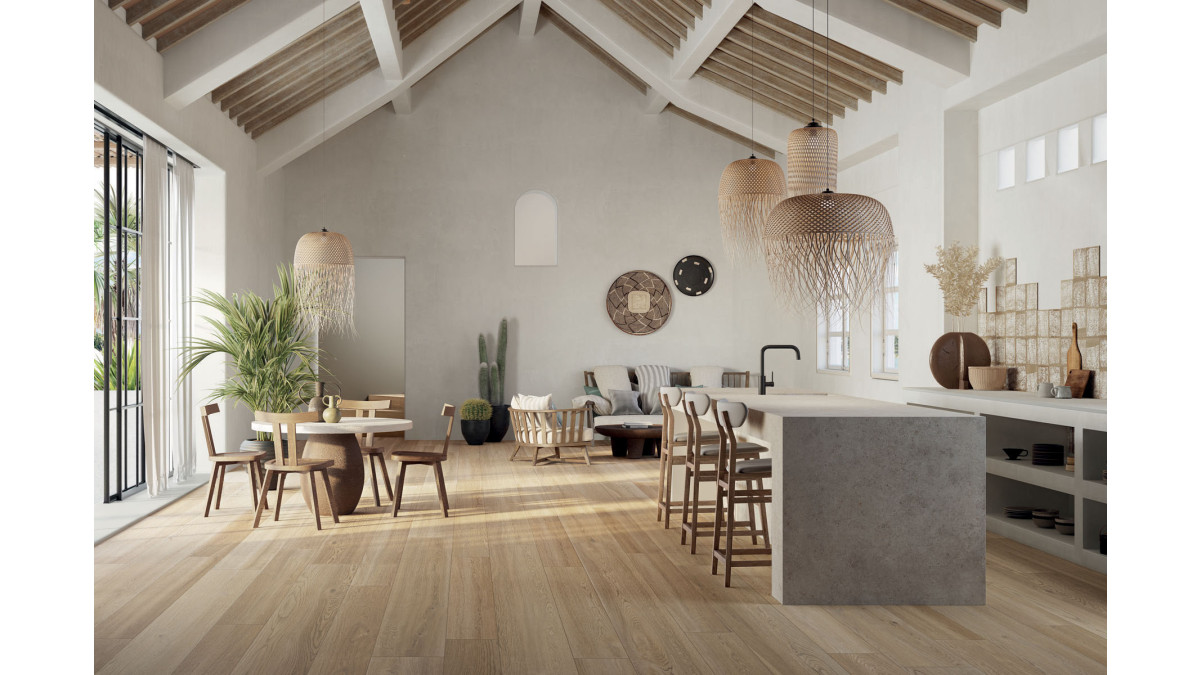
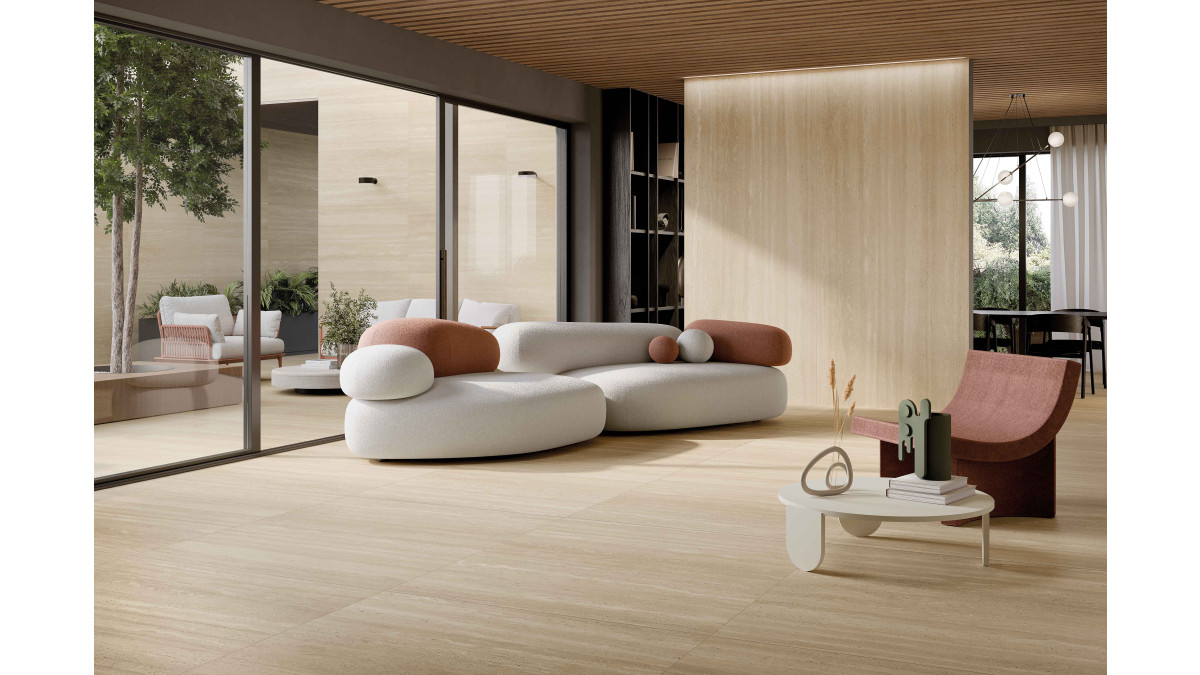
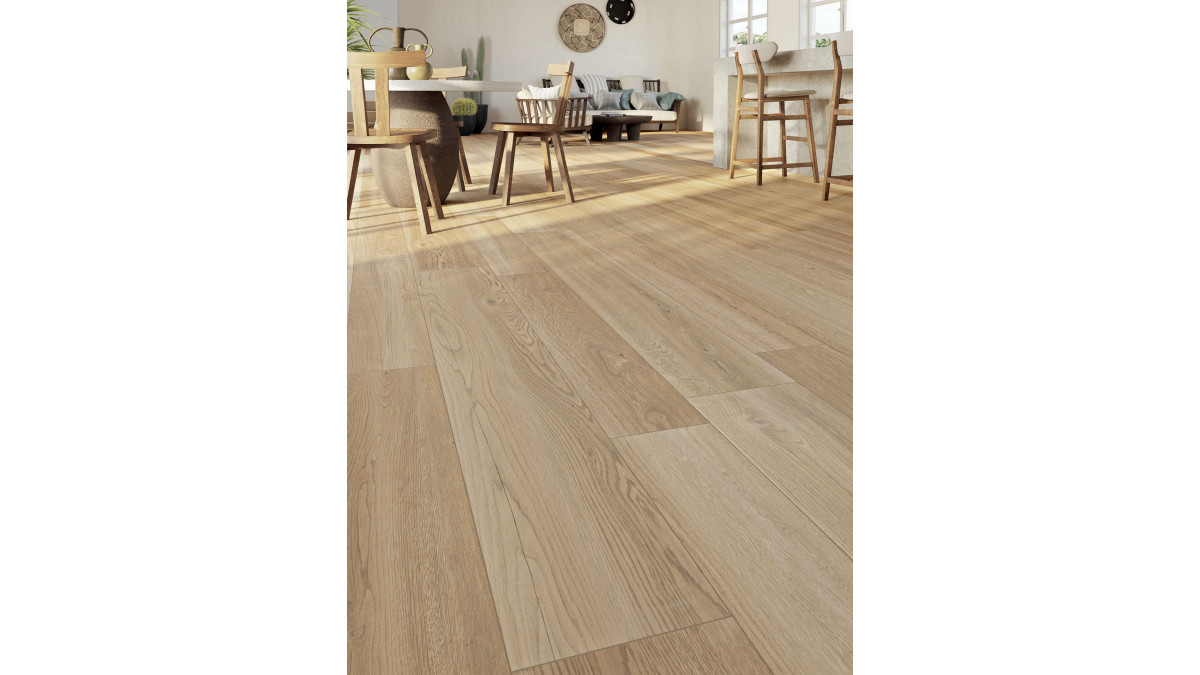
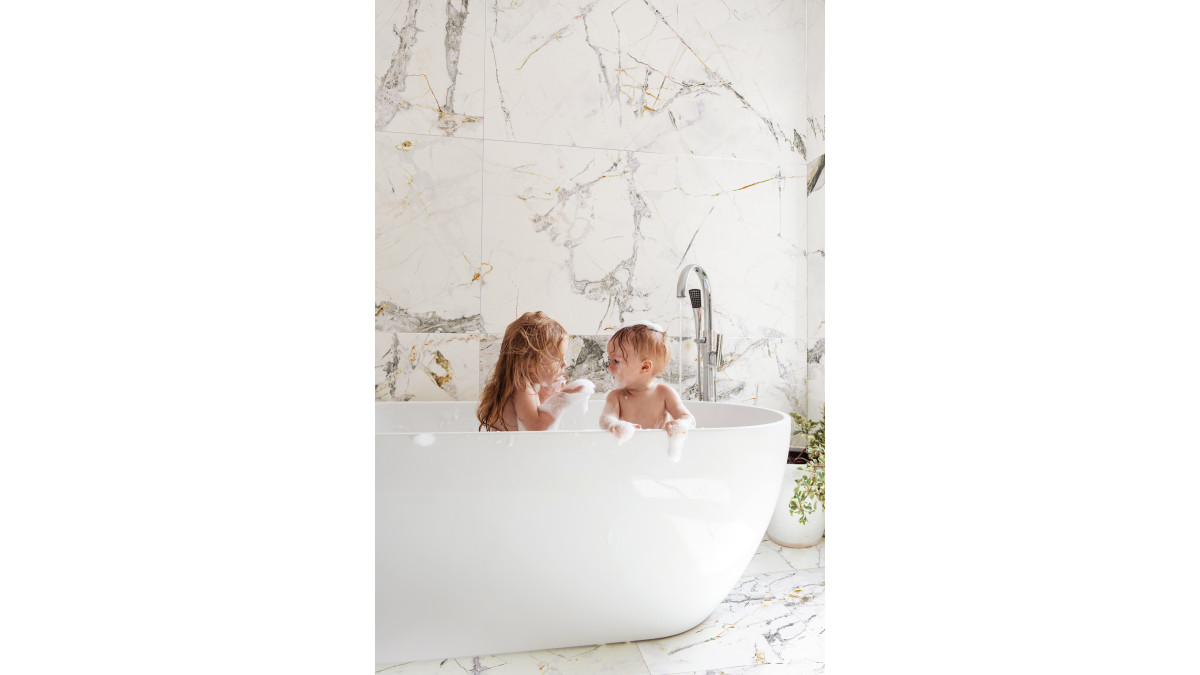


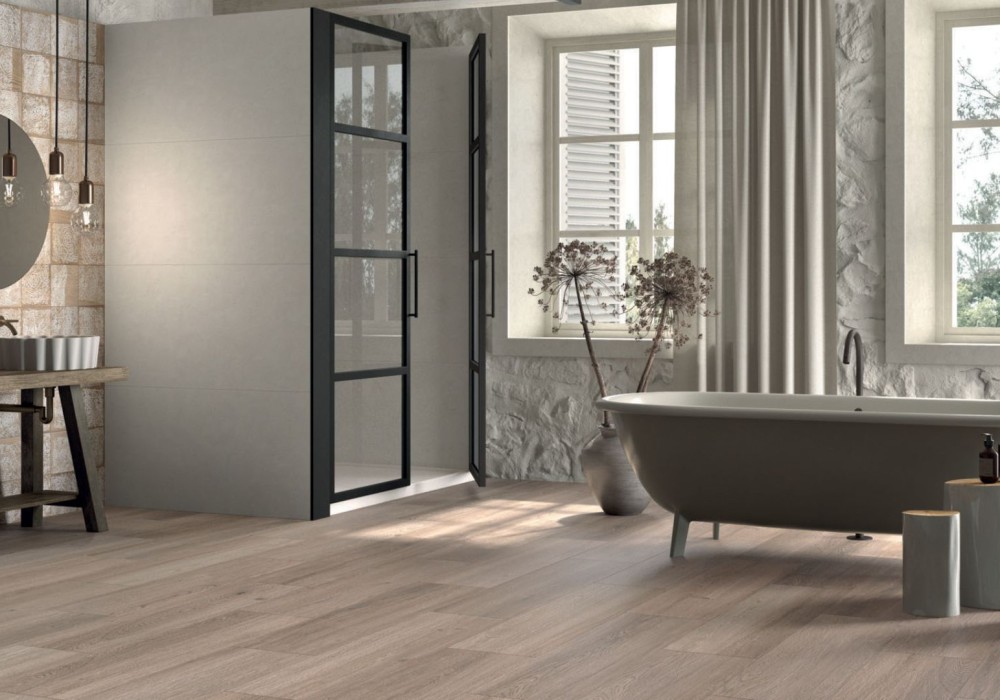
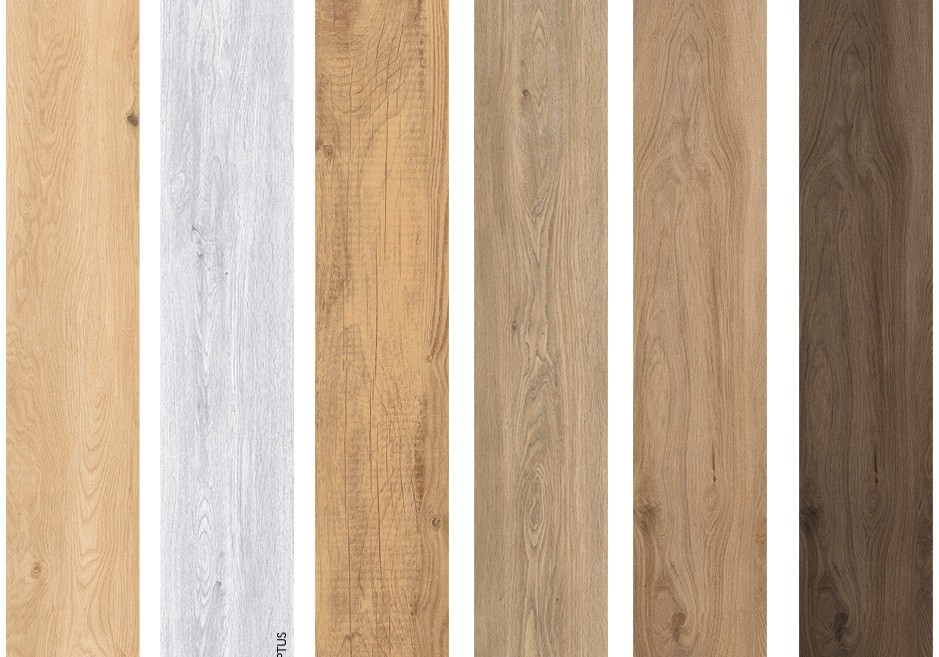
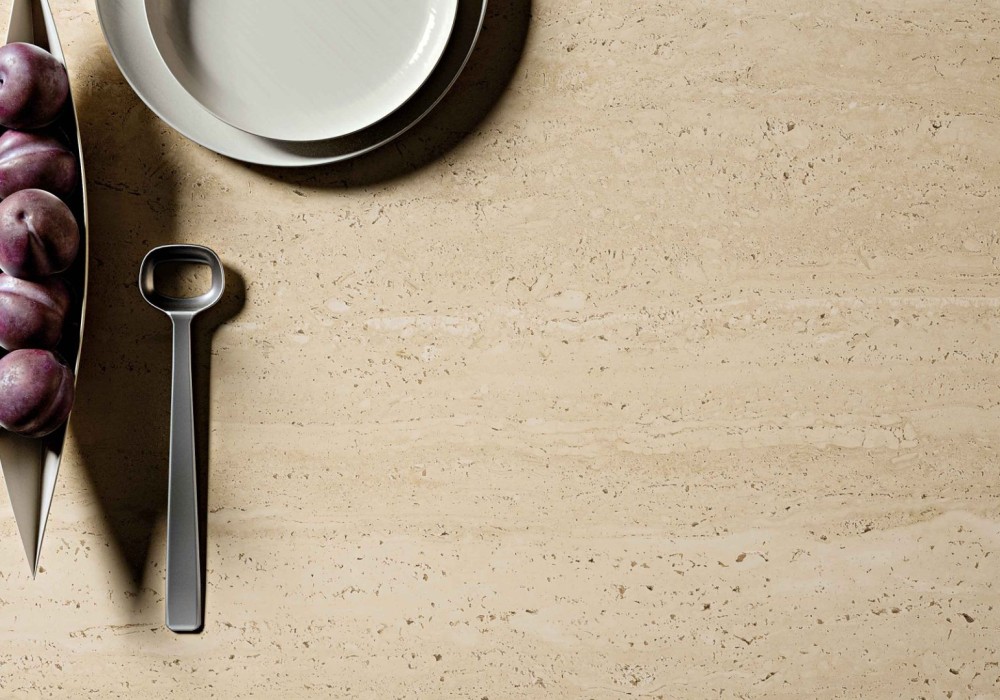
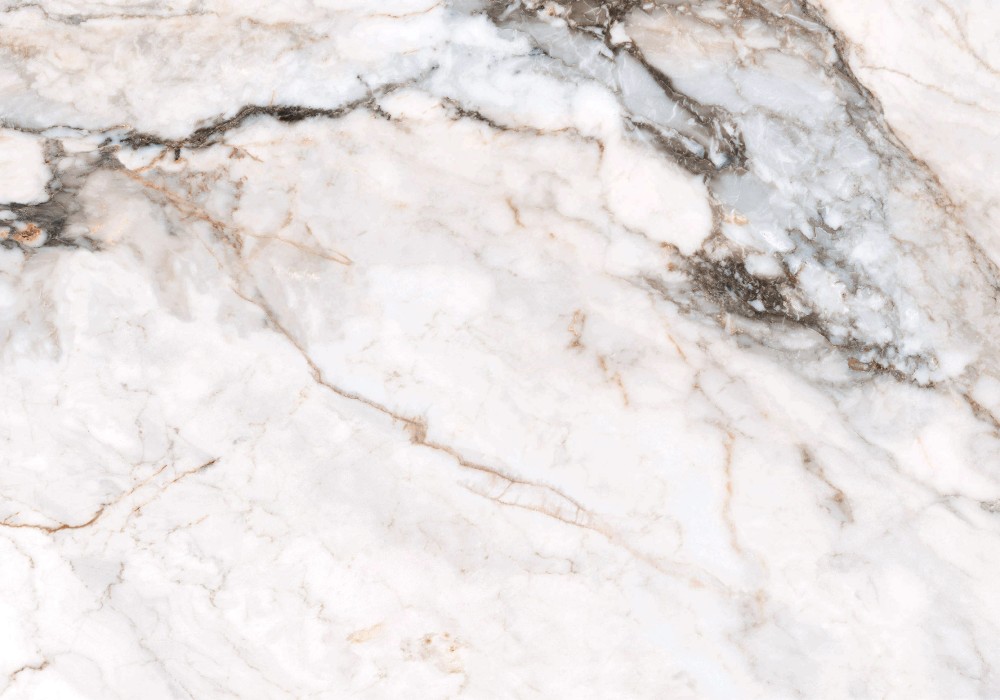

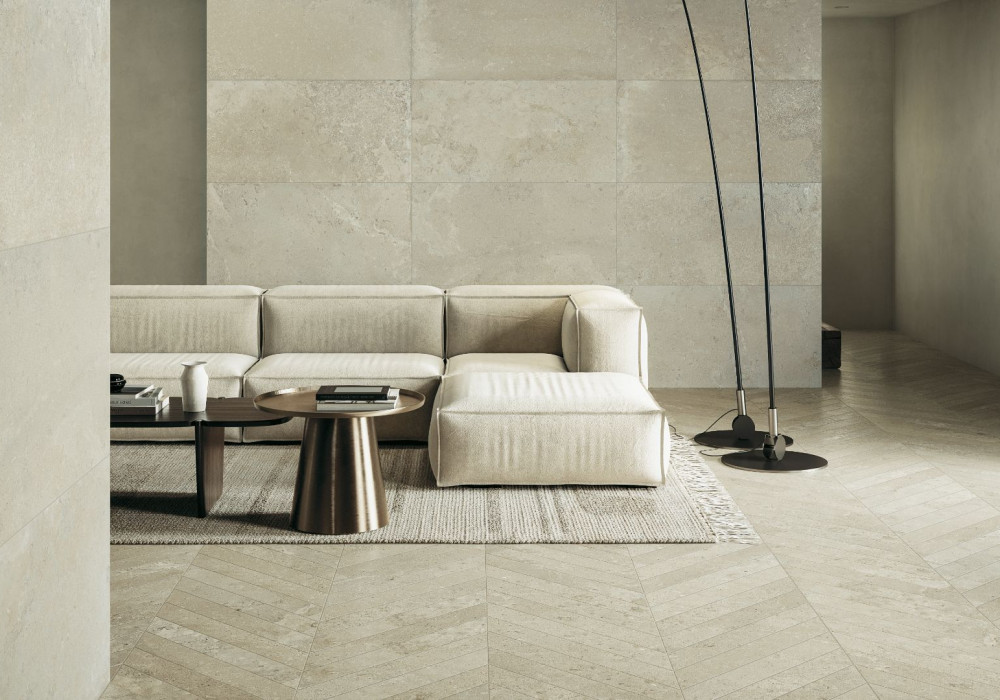

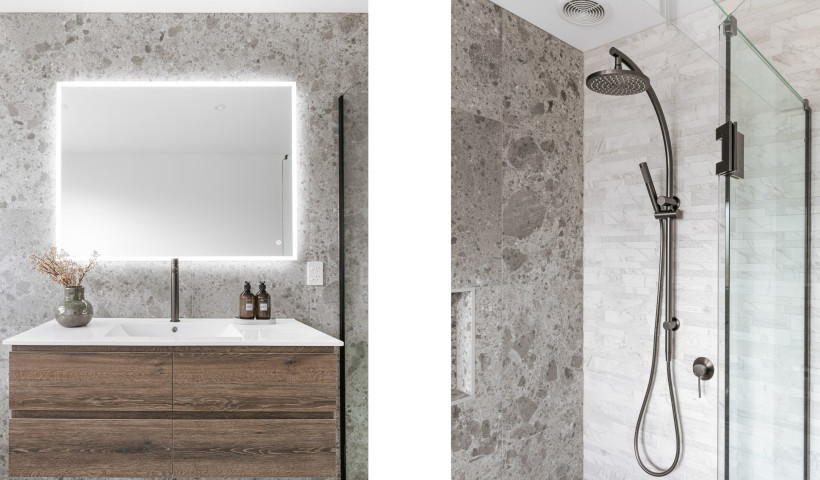

 Popular Products from Tile Warehouse
Popular Products from Tile Warehouse


 Most Popular
Most Popular


 Popular Blog Posts
Popular Blog Posts
